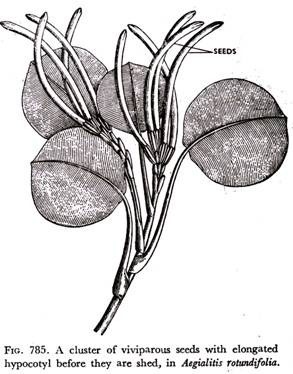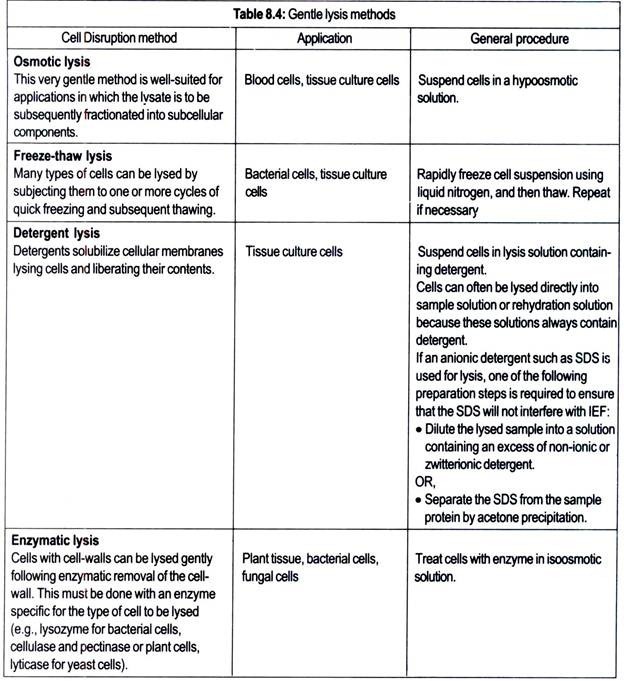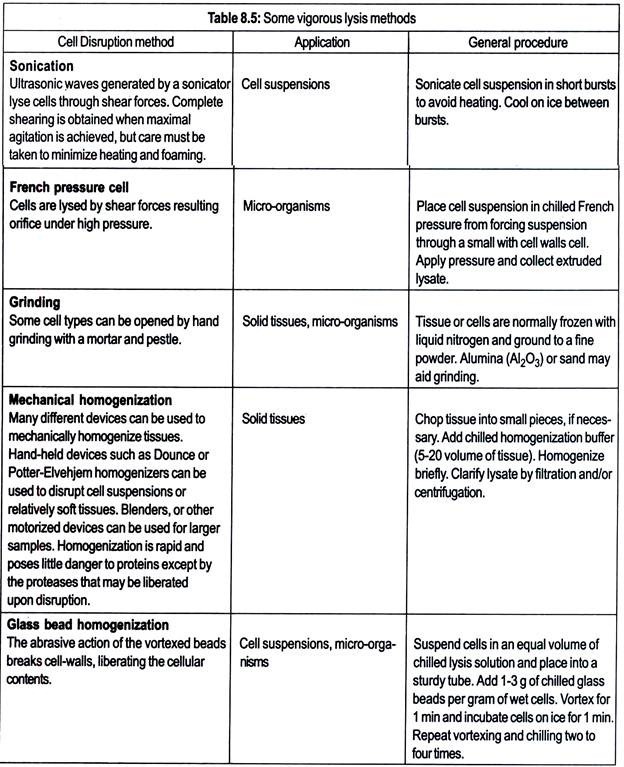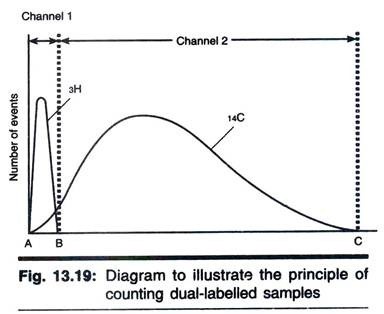In this article we will discuss about the reproduction in Ascobolus.
Asexual Reproduction in Ascobolus:
It reproduces asexually by oidia (arthospore) or papulospore formation:
Oidia (arthospores). Species like A. stercorarius, A. denudantus etc., produce oidia in chains on the vegetative mycelium (Fig. 4.45A) derived from an ascospore. These oidia on germination produce new mycelium, which again may develop into new oidia.
Papulospore:
The papulospores are developed in species like A. scatigenus (Fig. 4.45B). It is the sclerotium-like structure having one or two large central storage cells covered by hyphae, and looks blister-like outgrowths on the central cell/cells.
Sexual Reproduction in Ascobolus:
Sexual reproduction performs by the development of antheridia and ascogonia, the male and female sex organs, respectively (Fig. 4.46A). The species of Ascobolus may be heterothallic (A. furfuraceous, A. immerses) or homothallic (A crenulatus). After sexual reproduction, it produces cup- shaped fruit body, the apothecium (Fig. 4.47).
The account of sexual reproduction (Fig. 4.46) deals with A. scatigenus (A. magnificus) was described by Dodge (1912, 1920) and Gwynne-Vaughan and Williamson (1932). A. scatigenous is a monoecious species i.e., capable of bearing both the sex organs, but are heterothallic.
Antheridial branches are clavate or cylindrical and remain erect (Fig. 4.46A) and cut off an apical antheridium in course of time. The female branch developed by the neighbouring mycelium gradually coils the antheridium and becomes multicellular by septatron (Fig. 4.46B, C, D).
The multicellular ascogonial branch becomes differentiated into a terminal long septate multicellular trichogyne, a large unicellular multinucleate ascogonium and a multicellular stalk. The trichogyne elongates rapidly and coils around the antheridium (Fig. 4.46E). The apical point of the trichogyne is attached with the apical side of the antheridium.
The common wall at the point of their contact dissolves and content of the antheridium passes to the ascogonium through trichogyne. The nuclei of opposite sex are situated side by side towards the peripheral region, leaving a finely granular cytoplasm towards the centre.
Those nuclei are unable to pair with ascogonial nuclei and thus disintegrate in antheridium, in trichogyne or in ascogonium. After nuclear migration, the ascogonium increases in size and buds out ascogenous hyphae (Fig. 4.46F, G).
With the gradual development of ascogenous hyphae, some sterile hyphae (Fig. 4.46H) also develop from the stalk of both the sex organs and also from the neighbouring mycelium, and subsequently intermingle with them. Gradually they form a cup-shaped fruit body, the apothecium (Fig. 4.47).
Van Brummelen (1967) reported two types of ascocarp development in Ascobolus:
1. Gymnohymenial or gymnocarpic type. In this type, the hymenium remains exposed till the maturity of the asci, e.g., magnificus.
2. Cleistohymenial or angiocarpic type. In this type, the hymenium is enclosed at least during its early part of development, e.g., A. immersus and A. furfuraceous.
Apothecia are usually small, 0.5-5 mm in diametre, but it is more than 2.5 cm in A. scatigenous (Fig. 4.47).
The ascogenous hyphae grow in size and a’ pair of opposite nuclei migrates inside it. The ascogenous hyphae then become septate.
The apical cell of ascogenous hyphae forms crozier and with mitotic division of nuclei it forms three celled structure, of which the middle one, i.e. the binucleate penultimate cell, enlarges and forms an ascus which contains eight ascospores, developed sequentially by karyogamy, meiosis and mitotic division of nuclei.
The asci remain intermingled with septate paraphyses in the upper region of the fruit body i.e., the hymenium (Fig. 4.48).
Ascospores are liberated from ascus through the operculum. Each ascus has two cell walls.
The ascospores are one-celled, double- walled with various sculpturing on the outer wall (Fig. 4.49), consisting of warts, with longitudinal striation, ridges etc. The size of the ascospores generally ranges from 14-25 µm x 7-11 µm, but in A. immersus they are very large and measure approx. 70 µm x 30 µm. The ascospores are first hyaline, but becomes coloured purple brown to black.
The spores on germination (Fig. 4.50) develop new mycelium like the mother.
Degeneration of Sex in of Ascobolus (Coprophilous Fungi):
Progressive degeneration of sex is found in the genus Ascobolus.
This can be traced, based on the following observations:
1. In A. scatigenous (A. magnificus) and A. strobilinus, both the sex organs are well- organised. The male sex organ, antheridiums becomes spirally coiled by the trichogyne of the female sex organ, ascogonium. This results in the copulation and passage of male nuclei from the antheridium to the ascogonium (Fig. 4.46).
2. In A. carbonarius, antheridia are absent and union takes place between spermatium (specialized sex cell) and the tip of trichogyne, called spermatisation (Fig. 4.51).
3. In A. citrinus, the antheridia are absent and the oogonial nuclei alone pass to the ascogenous hyphae, called autogamy (Fig. 4.52).
4. In A furfuraceous, in absence of sex organs (both male and female), copulation takes place between hyphae developed from oidia of different strains i.e., somatogamy.
5. Finally, in A. equinus, there is complete absence of any sexual act and the life process involves an haploid phase only i.e., apomixis.







